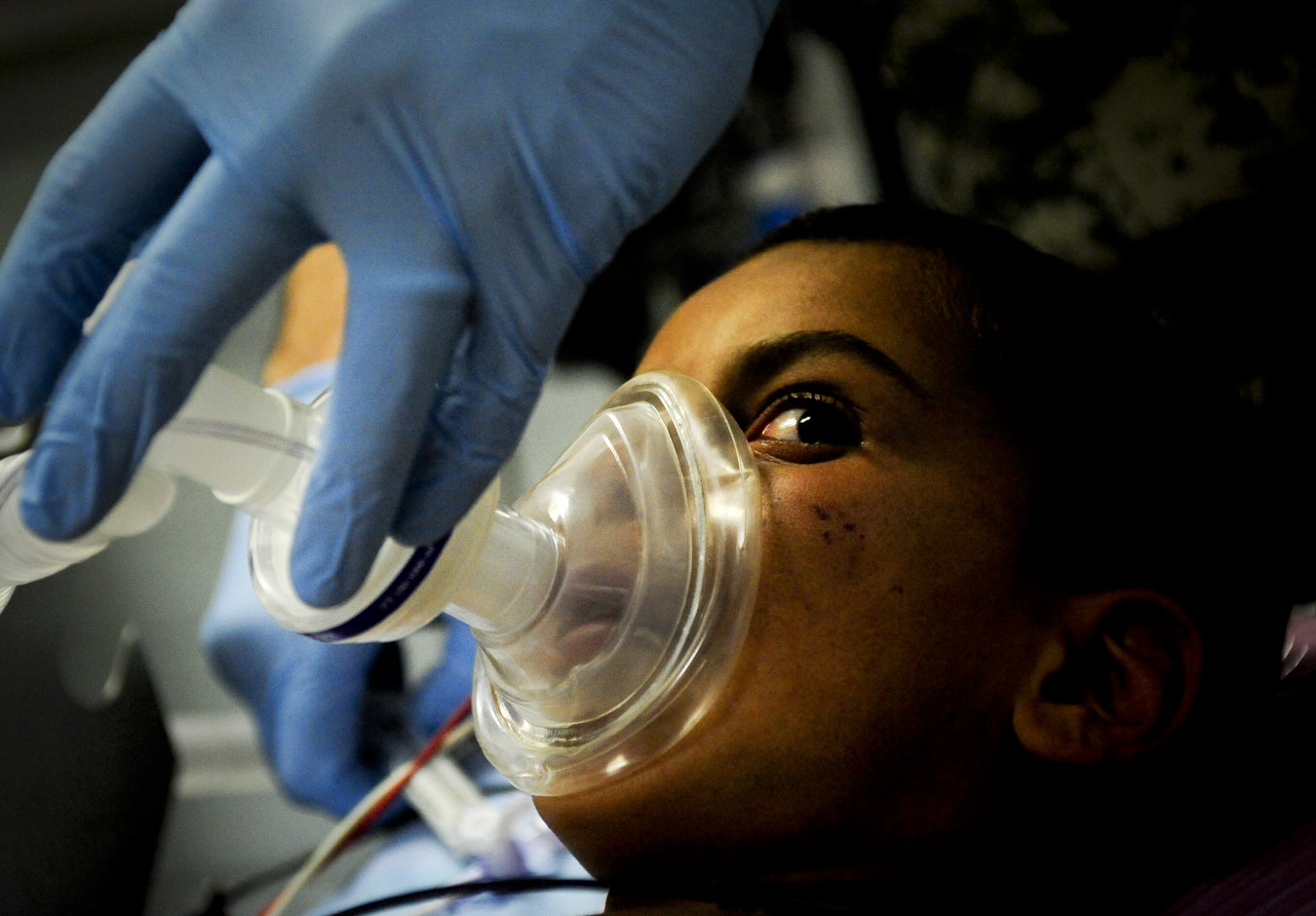- Empty cart.
- Continue Shopping
Understanding the Different Types of Anesthesia

Anesthesia is a medical practice that involves administering medications to prevent patients from feeling pain or discomfort during surgical procedures or medical treatments. It plays a crucial role in modern medicine, enabling a wide range of procedures to be performed safely and effectively. There are several different types of anesthesia, each tailored to the specific needs of the patient and the nature of the procedure.
1. General Anesthesia
General anesthesia is the most well-known type and is typically used for complex, lengthy, or invasive surgeries. It involves inducing a state of unconsciousness where the patient loses all awareness and sensation. The patient will not remember the procedure and will require assistance with breathing. This type of anesthesia is administered through inhalation (anesthetic gases) or intravenously (IV) and is closely monitored by an anesthesiologist.
Common uses: Major surgeries such as open-heart surgery, brain surgery, and abdominal procedures.
2. Regional Anesthesia
Regional anesthesia is used to block sensation in a specific region of the body while the patient remains conscious. It can be administered via injection or catheter to target specific nerves or nerve clusters. There are two main types of regional anesthesia:
- Epidural: This is commonly used for labor and childbirth to provide pain relief to the lower half of the body.
- Spinal: Often used for lower abdominal and lower extremity surgeries, spinal anesthesia involves injecting anesthetic into the cerebrospinal fluid to block sensation below the waist.
Common uses: Orthopedic surgeries, cesarean sections, and certain abdominal procedures.
3. Local Anesthesia
Local anesthesia is used to numb a small, specific area of the body, often for minor procedures or diagnostic tests. It is administered through injection or topical application and does not affect the patient’s consciousness. Local anesthesia is commonly used in outpatient settings.
Common uses: Dental procedures, skin biopsies, sutures, and minor surgical procedures.
4. Monitored Anesthesia Care (MAC)
Monitored Anesthesia Care (MAC), also known as conscious sedation, is a type of anesthesia used for minor surgeries or procedures that do not require general anesthesia. It involves the administration of sedatives and pain medications to relax the patient and relieve discomfort. Patients are typically responsive but may have limited memory of the procedure.
Common uses: Endoscopic procedures (e.g., colonoscopy), dental surgery, and minor surgical procedures.
5. Local Anesthesia with Sedation
Local anesthesia with sedation combines the use of local anesthesia with mild to moderate sedation to keep the patient comfortable and relaxed during a procedure. While the patient may remain conscious, they are unlikely to feel pain or discomfort.
Common uses: Some plastic surgeries, cataract surgeries, and minor procedures.
6. Topical Anesthesia
Topical anesthesia involves applying anesthetic creams or gels directly to the skin or mucous membranes to numb the surface area. It is used for minor procedures or to ease the discomfort associated with certain medical tests.
Common uses: Skin biopsies, catheter insertions, and certain ophthalmic procedures.
7. Dissociative Anesthesia
Dissociative anesthesia involves inducing a trance-like state in the patient while maintaining consciousness and analgesia (pain relief). It is not commonly used and is typically reserved for specific situations, such as reducing pain and anxiety in burn victims.
Common uses: Limited use in burn units for wound care.
In Conclusion, Anesthesia is a crucial component of modern medicine, enabling a wide range of surgical and medical procedures to be performed safely and with minimal discomfort for the patient. The choice of anesthesia type depends on factors such as the nature of the procedure, the patient’s medical condition, and their preferences. Anesthesiologists and healthcare providers carefully evaluate these factors to determine the most appropriate anesthesia approach for each individual case. It’s important for patients to discuss any concerns or questions they have about anesthesia with their healthcare team before undergoing a medical procedure.








